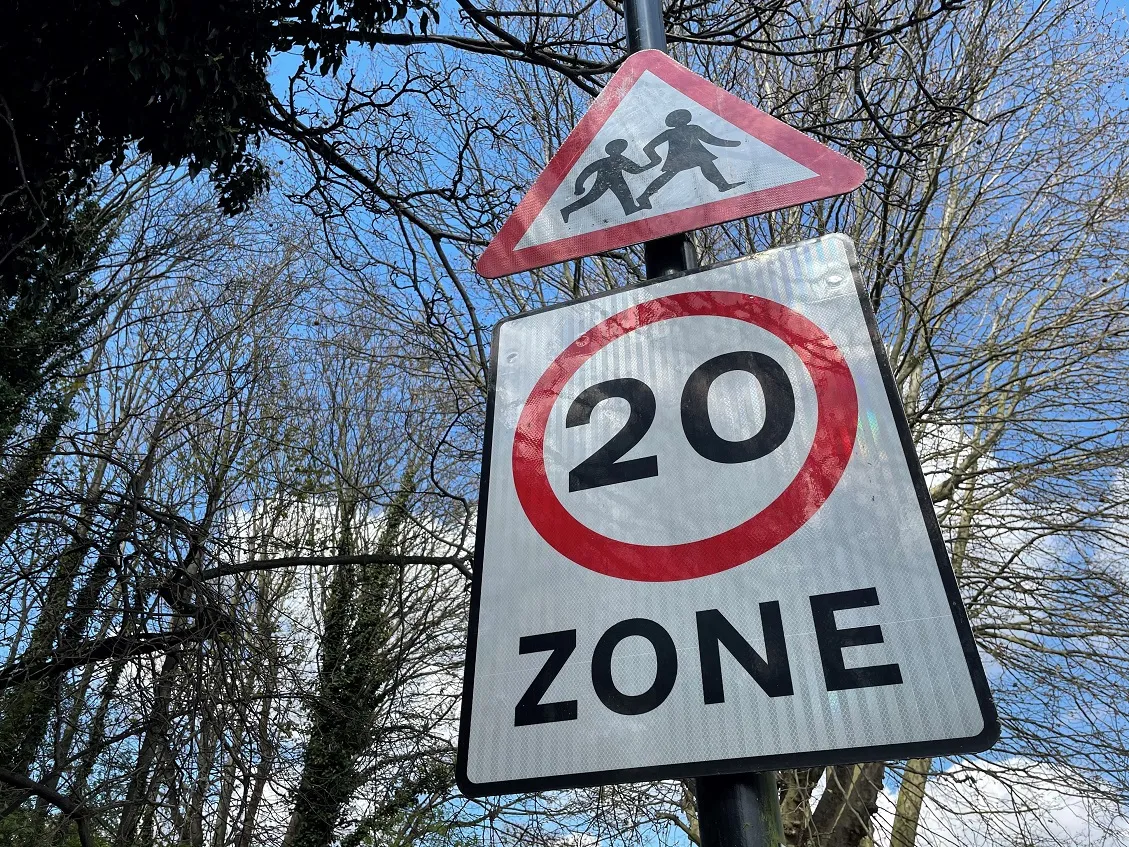Six full colour full matrix electronic warning signs from Swarco Traffic have helped Network Rail and Transport for London (TfL) to reduce the number of oversized lorries hitting a railway bridge on London’s South Circular road by more than a third since being installed last summer.
In the six-month period from January to July 2016 before the signs were introduced there were 11 crashes at the Thurlow Park Bridge in Tulse Hill. In the six months since their installation, there have only been seven inciden
March 7, 2017
Read time: 2 mins
Six full colour full matrix electronic warning signs from 129 Swarco Traffic have helped Network Rail and 1466 Transport for London (TfL) to reduce the number of oversized lorries hitting a railway bridge on London’s South Circular road by more than a third since being installed last summer.
In the six-month period from January to July 2016 before the signs were introduced there were 11 crashes at the Thurlow Park Bridge in Tulse Hill. In the six months since their installation, there have only been seven incidents, and only one in the last four months. At one point the bridge was being hit on average almost twice a month, causing more than 218 hours of delays to rail passengers between July 2015 and July 2016.
The signs are installed either side of the bridge, detecting vehicles that are too high and prompting an electronic warning to be displayed. They use energy-efficient LEDs for enhanced visual impact and to give early and clear information, particularly for non-English speaking drivers. The signs are integrated with TfL’s London Streets and Traffic Control Centre for full monitoring and control and, being variable, can be used to provide traffic information to road users.
Swarco’s optical solution reduces power consumption of the LEDs, which also means that the service life of other electrical and electronic components is extended and the LEDs do not suffer from any decrease in light intensity or colour change throughout their life cycle.
In the six-month period from January to July 2016 before the signs were introduced there were 11 crashes at the Thurlow Park Bridge in Tulse Hill. In the six months since their installation, there have only been seven incidents, and only one in the last four months. At one point the bridge was being hit on average almost twice a month, causing more than 218 hours of delays to rail passengers between July 2015 and July 2016.
The signs are installed either side of the bridge, detecting vehicles that are too high and prompting an electronic warning to be displayed. They use energy-efficient LEDs for enhanced visual impact and to give early and clear information, particularly for non-English speaking drivers. The signs are integrated with TfL’s London Streets and Traffic Control Centre for full monitoring and control and, being variable, can be used to provide traffic information to road users.
Swarco’s optical solution reduces power consumption of the LEDs, which also means that the service life of other electrical and electronic components is extended and the LEDs do not suffer from any decrease in light intensity or colour change throughout their life cycle.









